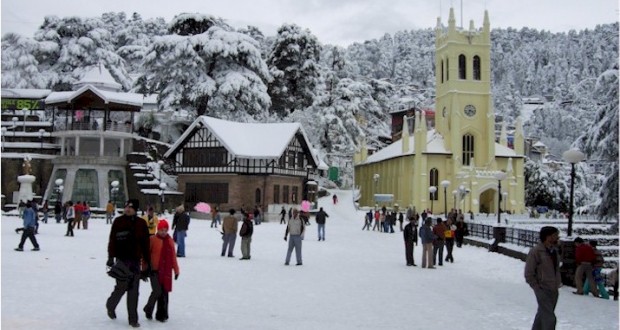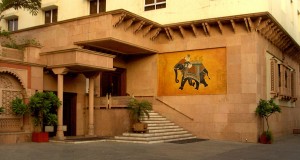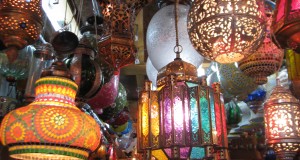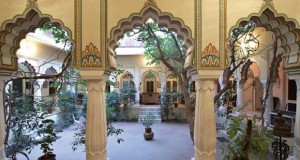Review Overview
3
Summary : Shimla is the largest hill station in the world and the one most associated with the 'old Raj'.
Former summer capital of British India, Shimla is the largest hill station in the world and the one most associated with the ‘old Raj’. Spread over a high 12-km (7 V2 mile) ridge on the lower spurs of the north-west Himalaya, its cool heights (2100 m) have always endeared it to foreign visitors. Favoured by politicians, army officers, writers (Kipling based his Plain Tales of the Hills on Shimla) and now tourists, it is a place designed for complete relaxation with lovely views, a pleasant climate, and more than just a memory of the Raj still clinging to it. It is the least ‘Indian’ of all hill stations, a probable hangover of the ‘affectation that existed among officials of “being very English”, of knowing nothing at all about India, of eschewing Indian words and customs’ (P. Woodruff, The Guardians).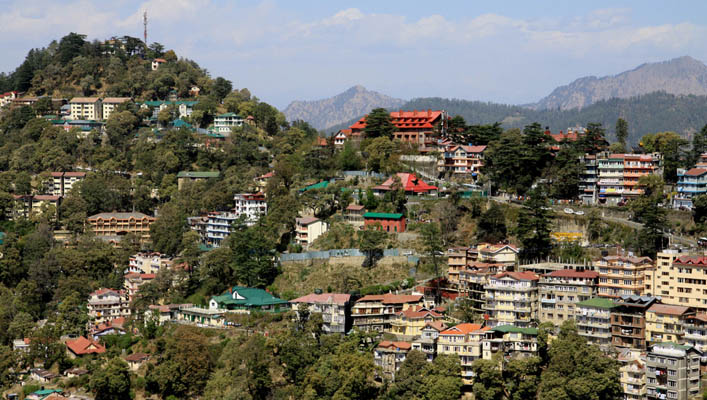
Shimla probably derives its name from ‘Shyamla’, a title of the goddess Kali whose temple was found in the thickly wooded hill region of Jackoo in the early 19th century. Another explanation traces of its origin to ‘Shyeamalay’, the blue-slate house erected by a fakir on Jackoo, the first nucleus of the settlement. However, ‘Shimlah’ or ‘Shimlah’ as pronounced by the local hill-people, is probably the actual word from which the station takes its name.
Presently a peaceful holiday resort, Shimla was born out of the turmoil of the early 19th-century Gurkha wars. Discovered by heat-weary British officers during the conflicts of 1819, its cool, healthy climate made it an ideal hill station on which to erect a summer-village of military tents and bivouacs. Then, in 1822, young Major Kennedy started the ball rolling by building the first permanent residence. Nurtured and popularised by the Government, the elite and the traders, a town rapidly grew up, and Shimla became a highly fashionable retreat—particularly for place-hunting young officers who wanted to ‘get on’ by ingratiating themselves with the military high-ups holidaying here.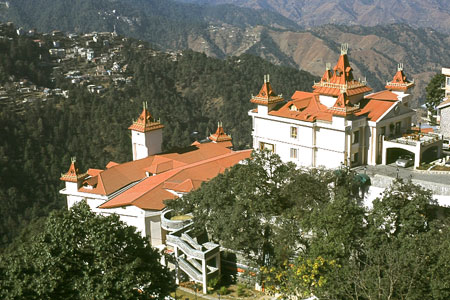
It was popular also with those who had been banished from India for misconduct, who escaped to Shimla to build themselves a substitute life of gay parties and revelry. Most notable as a place to escape the heat of the plains, it was only when Lord Lawrence visited Shimla as Viceroy in 1864 that it was at last accepted as the official summer capital of the Raj.
In 1904 the construction of the remarkable Kalka-Shimla railway finally provided easy access to the hill station. 13y this time, Shimla had become a thriving town of English red-roofed cottages, Georgian-style houses and Gothic government buildings like Barnes Court, Kennedy House, the old Viceregal Lodge, and Gordon Castle. The palatial residences of the Governor and the Commander-in-Chief were the sites of regular summer balls where frenetic dance and revelry were the order of the day. Polo, cricket and tennis tournaments gave way in the evenings to packed houses at the Gaiety Theatre (built to look like the old Garrick in London), while twice-weekly gymkhanas and races in the spacious playground occupied any remaining free time. In its heyday, Shimla represented the most sophisticated seat of British high society in India.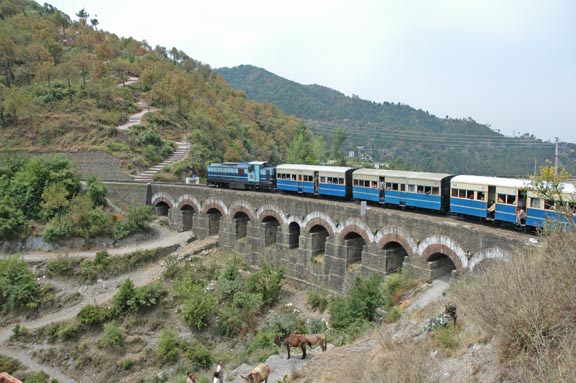
In 1966, having moved from humble hill-village to proud Imperial capital in just 150 years, Shimla received its final crown of success. The new state of Himachal pradesh was created out of the reorganisation of the Punjab, and Shimla became its capital.
The days of the Raj may be over, but Shimla’s attraction as a cool summer retreat, full of lovely walks and beautiful scenery, remains unimpaired. The town itself is busy, vital and very civilised—with marvellous hotels, restaurants and good tourist facilities—while outside it are calm, tranquil walks up into the green hills covered with fir, pine and Himalayan oak trees, red rhododendron and all kinds of mountain flowers, in between which are dotted the quaint old British houses and buildings which stand as a constant reminder of Shimla’s Imperial past.
Best time to visit is mid-April to October, the official summer season. Wise travellers avoid the May/June tourist crush, and arrive late March-early April (bit chilly) for the cut-price accommodation. To see Shimla at its most colourful, full of wild flowers and greenery, come in September-October. Whenever you visit, bring so me warm clothing: it can get pretty cold at night.
ARRIVAL/DEPARTURE
Air Shimlah is connected by Vayudoot and Jagson Airlines flights from Delhi (Rs2040) and Lulu (Rs545) (Bhuntar).
Rail The Himalayan Queen leaves New Delhi station at 6 am daily, bound for Kalka, arriving at 11.15 am. The narrow-gauge mountain train leaves Kalka ‘at 11.45 am, passes through 102 tunnels, and arrives in Shimla at 4.50 pm. The Howrah-Kalka Mail Reaves Delhi at 10.45 pm, arriving at Kalka at 5.25 am the next morning in time to cc nnect with the 6.30 RailCar or 7.10 am train to Shimla (arriving at 10.40 am and 1.15 respectively). See p. 207 for details of the return train to Delhi.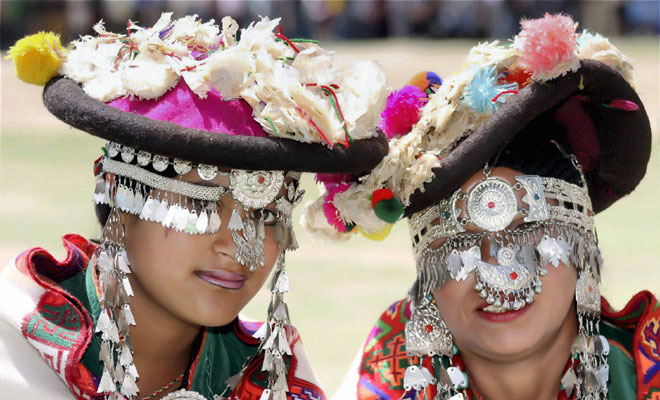
Road Shimlah has several buses daily to and from Delhi (see p.207), hourly buses from Chandigarh, Kalka and one deluxe bus to Manali (dep 8 am, from Interstate busstand ).
WHAT TO SEE Shimlah is a lovely place, with lots to see and do, but it can be the very devil to get ar ound. Like Darjeeling, the town sprawls out over a wide ridge in a many-layered wedding cake of winding, twisting streets and honeycombed houses. To reach each ncw layer involves steep, exhausting climbs or descents. The major roads have names, but where they begin or end is anybody’s guess. Fortunately, most tourist facilities—hotels, restaurants, banks, the post office and tourist office—are on one level, the main thoroughfare called the Mall. Unfortunately, the Mall is right on the top of the wedding cake, and the bus and rail stations are way down below it, on Cart Road. In the day, there is no problem: the useful ‘Tourist Lift’ ferries people up ands down between Cart Road and the Mall (near Oberoi Clarkes Hotel) for just Rsl. If arriving at night, there is a problem. Young lads meet tourists off night buses: ‘Porter’, they announce, proudly thrusting anonymous brass tokens in your face, ‘Government porter!’ Using them makes the gruelling 30-minute hike up to the Mall (if lodging there) far less arduous. They also locate the one or two hotels open this time of night.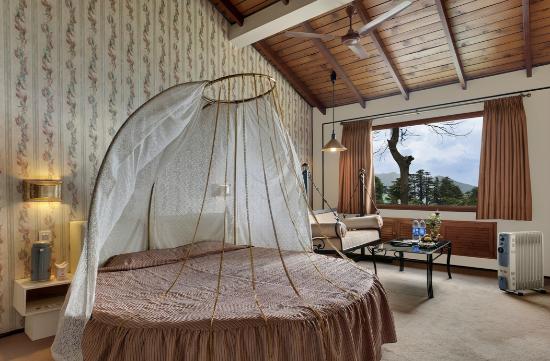
You get round Shimla almost entirely on foot. The top two tiers of the ridge (the Mall and the level below it) are barred to all traffic. This makes for a very peaceful stay: no rickshaws, no taxis, no cows, no beggars, no mystics, no noise and no hassle,— but a leopard was seen on the Mall early one morning in July 1992. If you want to hire cars, taxis, rickshaws or take a bus, you’ll have to go down to Cart Rd taxi-stand by the Tourist Lift. Hiring motorised transport can work out very expensive— largely owing to the very hilly terrain (slow going, high petrol consumption.).
Shimla is not a place for a whistle-stop tour. Life here proceeds at a slow, relaxed pace, and it is best just to go with it. Sightseeing is a low priority—people just stroll off to pleasant picnic spots, and don’t much care, because the scenery is uniformly attractive, whether they reach them or not. The only high priority is a good pair of shoes.
The Mall and Surrounds (on foot, morning/afternoon)
Visitors often spend their first day in Shimla simply winding down. This is best done on the Mall, which is a sort of displaced Brighton, with bracing air, civilised promenades, English-style houses, ice-cream counters and bright souvenir shops.
At the top of the Mall, on the Ridge, is the tall, yellow painted Christchurch with a fresco over the chancel window designed by Lockwood Kipling. Its outward austerity conceals a rich interior of beautiful stained-glass windows (representing faith, hope, charity, fortitude, patience and humility) and murals, old oak pews and beamed ceiling, and interesting plaques to deceased army officers. It’s worth attending the Sunday service if only to appreciate the rich, resonant organ.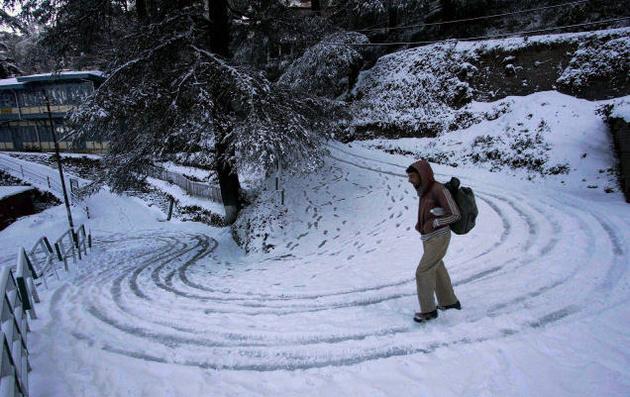
The church leads out to Scandal Point, the large open area of levelled ground which is Shimla’s main public meeting-place. Ever since a young equestrian Casanova (an Indian prince) absconded with a young high-born British maiden from this spot years ago, this has been the favourite rendezvous of people wishing to air their views or exchange the latest gossip. It is always packed, generally with happy tourists, and the views from this point are excellent—on a clear day, you can see the mountains.
In British days, it was de rigueur to sip a cool beer at one of the hotels overlooking the Mall, generally after a game of golf or billiards. Today, it is just pleasant to sit in one of its cafés or restaurants, and watch life going by. The lines of stately, oddly titled English houses always arouse comment, especially the present Tax and Excise building: a bizarre gothic towered mansion. After a few hours here most foreign visitors conclude that they are not in India at all, but in a bizarre Swiss-English village. The general effect, once you’ve got used to it, is one of total relaxation.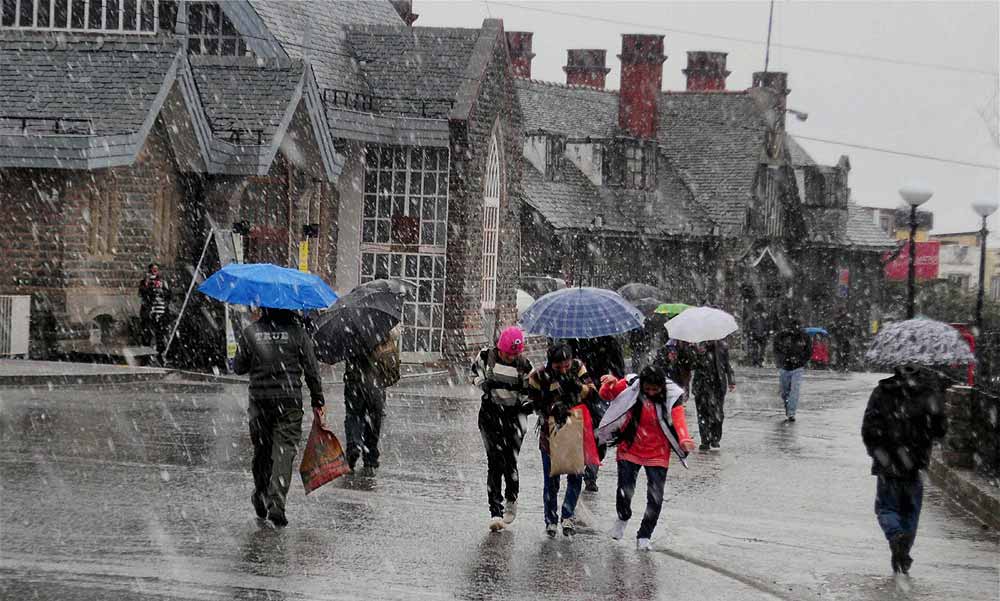
From the Mall, you can take a pleasant hour’s stroll down to Himachal State Museum (tel 2357), just above the now closed Oberoi Cecil Hotel. Set up in 1975, it has a fine collection of hill arts and crafts, particularly of Himachal Pradesh. Famous for its Pahari-school miniature paintings, stone sculptures, and eye-catching embroidery and textiles, the museum is open 10 am-5 pm, except Mondays.
The hill-path leading down below the museum gives panoramic views of the city skyline. It also takes you, in 5 minutes, to the new Governor’s Residence. Beyond this, at the bottom of the hill, you can bear right (a 30-minute walk) for Summer Hill, the quiet and secluded suburb where Gandhi stayed on his visits to Shimla. It’s also a very popular viewpoint. Follow the blue-and-white railings all the way up, until you): reach the University at the top. Behind the last building (the Admin. Block), your ‘: find a forest trail leading back down to town (a 5-km, 1-hour walk). Before going down enjoy the views, generally best in the morning.

